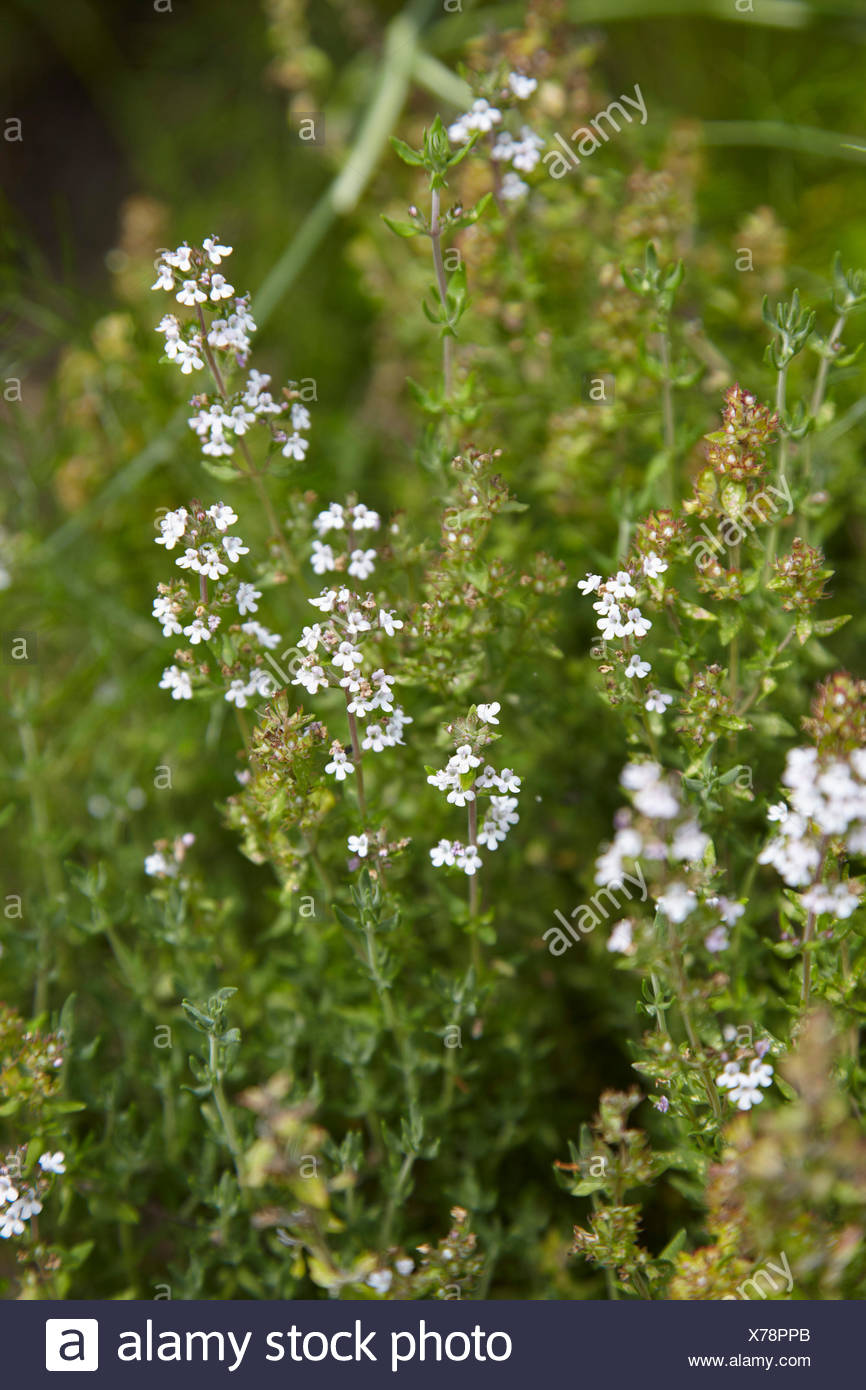
Branches that touch the ground tend to root in, giving you the opportunity to pot up some new plants. Divide in the spring to start new plants. Plant it in an indoor or outdoor herb garden alongside other herbs like basil, rosemary, parsley, or thyme. It is fragrant, pretty to look at, and easy to grow. Elfin Creeping Thyme Lamiaceae Thymus Praecox Elfin is a Moderate growing Groundcover, Perennial with a Grey / Silver, Medium Green foliage color that. Used fresh or dried, it adds plenty of flavor to all types of dishes from soups, sauces, and salads to meat and fish. Thyme plants often become woody and sluggish after three or four years. Oregano is one of the most popular herbs in the cooks garden. Thyme will tolerant a wide pH range on either side of neutral (pH 7.0). If your soil is heavy clay, it's best to remove the native soil in the area where you'll be planting and replace it with a sandy blend that's similar to a cactus mix. When growing elfin thyme, the plants require at least five hours of sun per day and should be spaced 6 inches (15 cm.) apart. When planting, mix in plenty of compost to ensure good drainage but do not add any fertilizer. Shaded areas of growing elfin thyme will tend to clump more while sun exposure encourages the thyme to become more of a ground cover, spreading to a width of about 4 to 8 inches (10 to 20 cm.). Soggy soil in winter probably kills more thyme than extreme cold. Gardeners in zone 6 and warmer should have no difficulty overwintering thyme.Īs long as the soil is not too heavy, growing thyme in a raised bed is a good way to give it the well-drained soil conditions it demands. Avoid mulching with bark or wood chips, which can smother the plants. Thyme plants produce small flowers that are appealing to bees. In January, cut a few branches from your spent Christmas tree and use them as mulch to insulate your thyme plants.

This will help insulate the roots during the winter. If you plant thyme in a raised bed, keep the plants toward the center of the bed instead of at the edges. While growing thyme, I mulch mine with two. Like most herbs, thyme does not like to be over-fertilized.

All thyme is edible, but some flavors are better than others. Thyme is extremely drought tolerant, so let it dry out well between watering. Numerous, thin, somewhat woody stems form a flat mat (2-3 tall) with tiny. When buying a pot of thyme, be sure to taste it first. Growing thyme provides an anchor in an herb garden in areas where it is.

Doing so has an added advantage: your local garden center or plant nursery probably offers a variety of different types of thyme so you can take your pick. Starting out with a potted plant ensures you'll get a usable crop the first year.


 0 kommentar(er)
0 kommentar(er)
